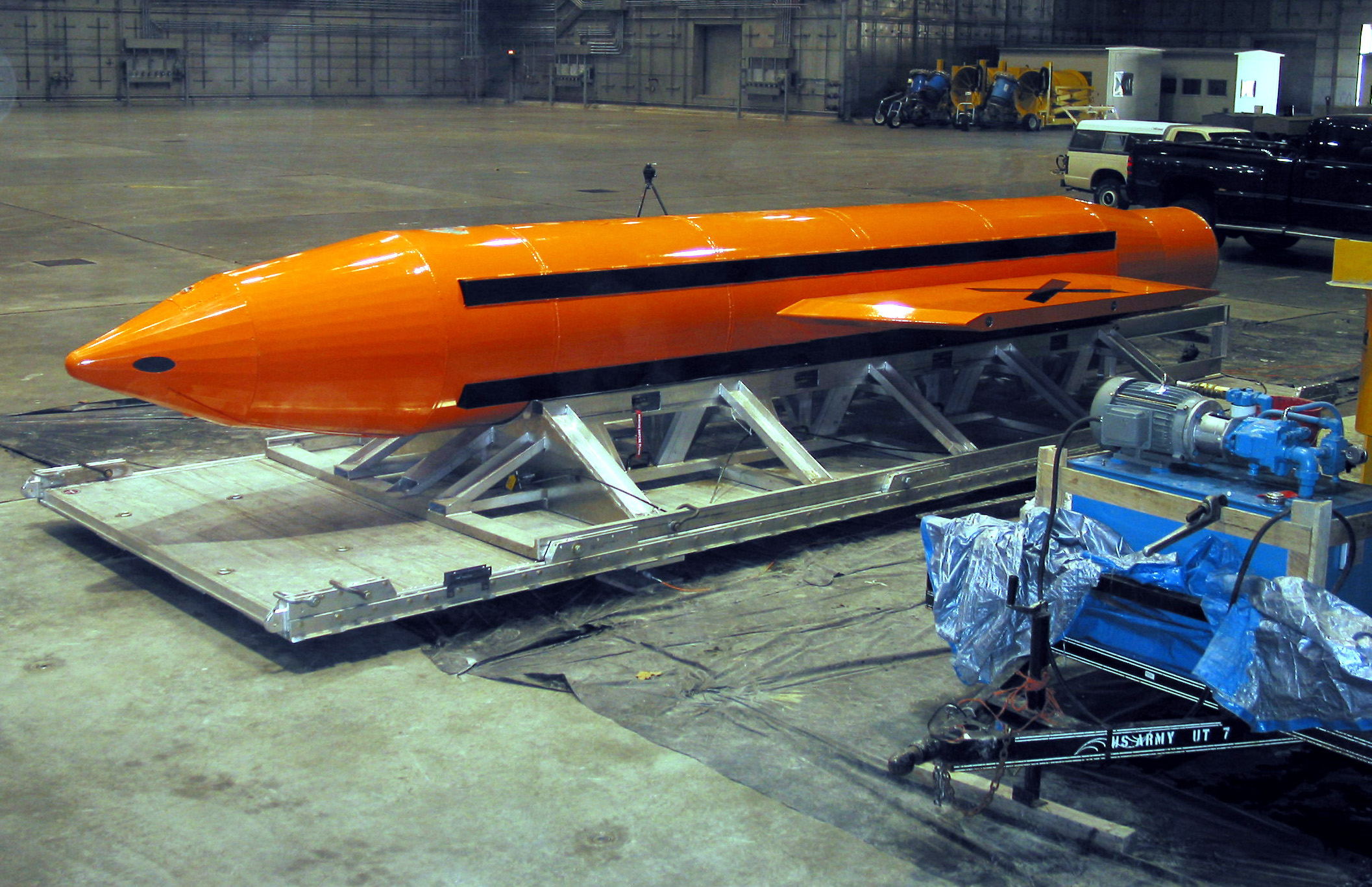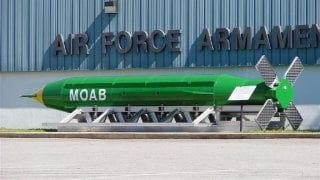Did Russia Use the 'Father of All Bombs' in Ukraine?
Recent reports suggest that Russia may have deployed the FAB-9000, known as the "Father of All Bombs," against Ukrainian positions in Vovchansk. The FAB-9000 is one of the most powerful non-nuclear munitions, containing about 9,500 pounds (4,300 kilograms) of explosives.
What You Need to Know: Recent reports suggest that Russia may have deployed the FAB-9000, known as the "Father of All Bombs," against Ukrainian positions in Vovchansk. The FAB-9000 is one of the most powerful non-nuclear munitions, containing about 9,500 pounds (4,300 kilograms) of explosives.

-However, Ukrainian officials dispute these claims, stating that no suitable aircraft were detected in the area to deliver such a bomb. The incident underscores the escalating use of heavy munitions in the conflict.
-The article also compares the FAB-9000 to the U.S. military's GBU-43/B MOAB ("Mother of All Bombs"), which carries approximately 18,800 pounds (8,500 kilograms) of explosives, making it even more powerful.
The Russian military is using all the tricks up its sleeves to achieve victory in Ukraine. Short of deploying a nuclear weapon, the Russian military is using everything it has in its arsenal, including strategic bombers, submarines, ballistic missiles, hypersonic missiles, thermobaric munitions, and cruise missiles, among other weapons and munitions.
Recently, footage from the fighting on the ground suggests that the Russian forces even deployed one of the biggest non-nuclear munitions in the world.
“The Father of All Bombs” in Ukraine
According to Russian sources, the Russian military used a FAB-9000 glide bomb against Ukrainian positions in Vovchansk, in eastern Ukraine.
Nicknamed the “Father of All Bombs” (FAB-9000) is one of the most powerful non-nuclear munitions out there.
However, the Ukrainians dispute claims that the FAB-9000 was used.

"The information about the alleged use of the ODAB-9000 aerial bomb by the Russian occupation forces in Vovchansk is not true," the operational and tactical unit (OTU) of Kharkiv said on the Telegram social media platform.
"For the use of this munition, a suitable carrier is required, which theoretically could be, for example, a Tu-160 strategic bomber, but the movement of such aircraft was not recorded," Kharkiv OTU spokesperson Vitaliy Sarantsev stated. "A smaller weight and power munition was used, the explosion of which was used by propagandists to create a spectacular picture.”
Admittedly, footage from the explosion shows a powerful munition that takes a whole city block in an instant.
This isn’t the first time the Russian forces have used questionable munitions. Despite all of Moscow’s protestations about the United States providing cluster munitions to Ukraine, Russian units have repeatedly used thermobaric munitions, which can take out entire city blocks in one go without any meaningful discrimination between combatants and civilians.
“Father of All Bombs” versus “Mother of All Bombs”
The Russian military isn’t the only one with powerful non-nuclear munitions. Indeed, despite its impressive destructive capability, the FAB-9000 is still almost half as powerful as the U.S. military’s biggest non-nuclear munition, the GBU-43/B MOAB, or “Mother of All Bombs” (MOAB).
The Russian munition packs a destructive capability equal to about 9,500 pounds, or 4,300 kilograms, of explosives.
In terms of explosive material, the GBU-43/B MOAB packs approximately 18,800 pounds, or 8,500 kilograms, of explosives. These explosives can produce a blast yield equal to about 11 tons of TNT. For the sake of comparison, “Little Boy,” the atomic bomb dropped by the U.S. military on Hiroshima on August 6, 1945, had a blast yield equal to about fifteen tons of TNT.
The U.S. military has deployed the MOAB operationally only once. In April 2017, a U.S. Air Force MC-130 special operations cargo plane dropped a MOAB against an Islamic State position in the Nangarhar Province, Afghanistan. The bomb damage assessment estimated that up to 96 ISIS fighters were killed by the “Mother of all Bombs.”
Moscow might have powerful munitions in its arsenal, but the U.S. military still retains a superiority with the MOAB.
About the Author
Stavros Atlamazoglou is a seasoned defense journalist specializing in special operations and a Hellenic Army veteran (national service with the 575th Marine Battalion and Army HQ). He holds a BA from the Johns Hopkins University and an MA from the Johns Hopkins’ School of Advanced International Studies (SAIS). His work has been featured in Business Insider, Sandboxx, and SOFREP.
Image Credit: Creative Commons and/or Shutterstock. Images are of the U.S. Military's Mother of All Bombs, or MOAB.


